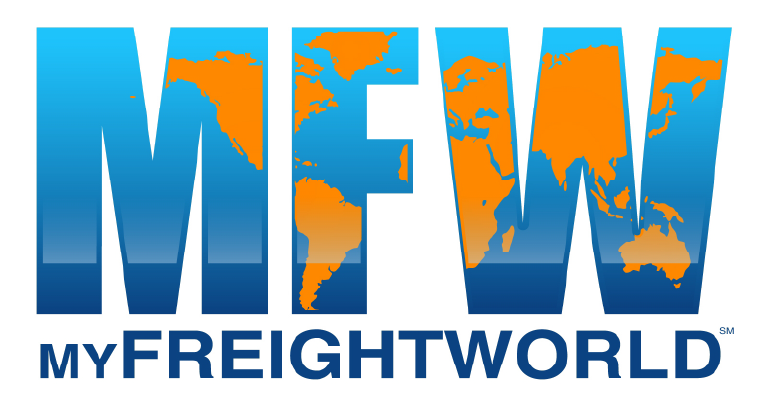
Why Fall Shipping is Different From Other Seasons
Stacked demand drivers: Harvest movements overlap with back-to-school, Halloween, and holiday build, plus earlier-than-typical import peaks. LA/LB confirmed historically strong July–August throughput in 2025, reflecting early holiday positioning.
Weather volatility: Hurricane season peaks mid-August to early October; the statistical peak day is September 10. Early cold snaps or snow in the Rockies and Upper Midwest can begin in October–November, complicating linehaul and yard operations.
Time shift: U.S. Daylight Saving Time ends Sunday, November 2, 2025, which means earlier dusk and more night driving. Half of traffic fatalities occur at night despite only about 25% of driving taking place then. Shippers should adjust schedules and improve lighting at docks.
Industries & Commodities Driving Fall Freight
Agriculture & Produce Harvest
-
Pacific Northwest (WA/OR): Apples and pears ship August–November; the Washington State Tree Fruit Association forecasts a robust 2025 apple harvest.
-
Cranberries (WI/MA): Harvest and shipments peak September–November.
-
Pumpkins (IL/Midwest): Illinois remains the nation’s largest producer; USDA data confirms its dominance.
-
Sweet potatoes (NC): North Carolina has led U.S. production since the 1970s, with fall harvest ramping into Thanksgiving.
Food & Beverage (Candy, Holiday Foods)
-
Halloween candy: Spending in 2025 is projected at a record $13.1B, with $3.9B on candy. Both reefer and dry-van demand spike as manufacturers and DCs push replenishment.
-
Thanksgiving staples: Reefer volumes and rates typically firm ahead of Thanksgiving for proteins, produce, and desserts.
Retail & E-Commerce
-
Back-to-school through Cyber Monday: Imports and domestic replenishment arrive earlier this year due to tariff policy shifts and retailer risk hedging. Ports project softer volumes later in fall as a result. Align DC labor and transportation lead times accordingly.
Seasonal Volumes & Rate Trends in Fall
-
August–October: Historically the tightest sustained period as import peaks meet harvest moves. In 2025, LA/LB reported near-record August volume following a record July.
-
Reefer tightness: Ahead of Halloween and Thanksgiving, reefer load posts and rates typically rise.
-
Spot vs. contract: A narrowing spread signals tightening capacity and impacts RFP timing. Recent market dynamics have pushed spreads closer to pre-pandemic equilibrium.
-
Load-to-truck ratios (LTR): LTR often moves ahead of rates. Watch reefer LTR in the Pacific Northwest and Midwest, and van LTR near port-proximate markets.
Regional Shipping Patterns Across the US
-
Midwest (IL/IA/IN/OH/MI): Corn, soybeans, and pumpkins dominate; reefer and van capacity tightens along I-55 and I-74.
-
Pacific Northwest (WA/OR/ID): Apples and pears surge Aug–Nov; monitor Yakima and Wenatchee reefer demand.
-
Northeast (NY/NJ/PA/NE): Retail replenishment ties to strong Port of NY/NJ volumes in 2025.
-
Southeast & Gulf (FL/GA/AL/MS/LA/TX): Heightened hurricane risk through November; contingency routings via inland ramps and secondary ports are critical.
-
West Coast (CA): Central Valley produce and heavy LA/LB transload; early import front-loading changes October capacity dynamics.
Weather & Disruptions
-
Hurricanes: Activity peaks mid-August through early October—plan buffers and alternate lanes.
-
Early snow: Rockies and Upper Midwest can see first measurable snow in October–November—tighten transit buffers and winterize reefers.
-
Daylight Saving Time: Shorter daylight affects yard operations and increases night driving risks—adjust lighting and appointment windows.
Carrier Behavior & Capacity Shifts
-
Where the money is: Carriers reposition toward harvest and retail lanes, prioritizing higher-paying freight. Reefer carriers in particular shift toward holiday food surges.
-
Holiday availability: Thanksgiving week often brings tighter spot capacity as drivers take time off. Tender rejections and spot rates typically jump the week prior.
-
Multi-stop/LTL: Shippers increasingly use milk runs, pool distribution, and LTL consolidations to manage service and cost.
Top Pitfalls for Shippers
-
Booking too late, especially reefers, and ignoring LTR/OTRI signals.
-
Missing holiday cutoffs as retail receiving calendars compress.
-
Relying on a single carrier instead of layered capacity.
-
Skipping weather contingencies such as alternate ports or ramps.
-
Under-communicating with suppliers, leading to ASN inaccuracy and OTIF penalties.
Key Metrics to Monitor in Fall

-
Tender rejection rates (OTRI): Leading indicator of tightening.
-
Load-to-truck ratio (LTR): Real-time spot demand vs. capacity.
-
Spot vs. contract spread: Narrowing spread signals reduced bid leverage.
-
OTIF (On-Time, In-Full): Key compliance KPI, especially before holidays.
-
Inventory turns & DC dwell: Rising dwell or slowing turns often precede costly expedites.
Shipper Action Plan
-
Forecast & plan early – Base load plans on harvest calendars and port projections; early import peaks highlight the need for flexibility.
-
Secure capacity (contracts + backups) – Lock in lanes 6–8 weeks ahead; set pre-approved spot guides for hot harvest and retail lanes.
-
Optimize modes & routes – Use pool distribution, merge-in-transit, and intermodal; reserve reefer capacity for Halloween and Thanksgiving.
-
Strengthen communication – Share ASN accuracy goals with suppliers; adjust calendars around Daylight Saving and holiday closures.
-
Monitor KPIs & adjust in real time – Watch OTRI, LTR, and rate spreads weekly; trigger mini-bids or mode shifts when signals flash.
Conclusion
Fall is both a challenge and an opportunity. The early import wave of 2025 combined with the familiar harvest-to-holiday cadence means shippers need proactive capacity, weather-aware routing, and KPI-driven execution. By locking in flexible strategies now, you can keep freight moving, manage costs, and deliver reliably through peak season.
Ready to lock in your fall lanes? Talk to MyFreightWorld about a rapid fall readiness review and lane-by-lane capacity plan.
